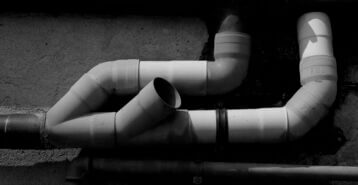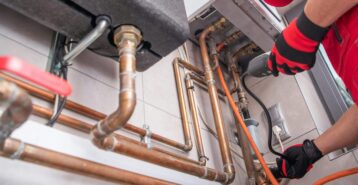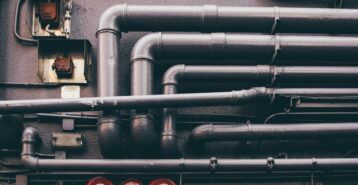Overview of Water Supply Systems
A reliable water supply is essential for daily comfort and functionality in any home. From morning showers to dishwashing and laundry, your plumbing system ensures water flows where and when you need it. This guide explains how water supply systems work, the components involved, common problems, and maintenance best practices to help homeowners make informed decisions.
A dependable water supply system is vital for sanitation, cooking, cleaning, and hydration. Water enters your home from a municipal source or well and travels through pressurized pipes to reach faucets, showers, toilets, and appliances. A well-functioning system ensures that water is available on demand, safely delivered, and efficiently distributed throughout your home.
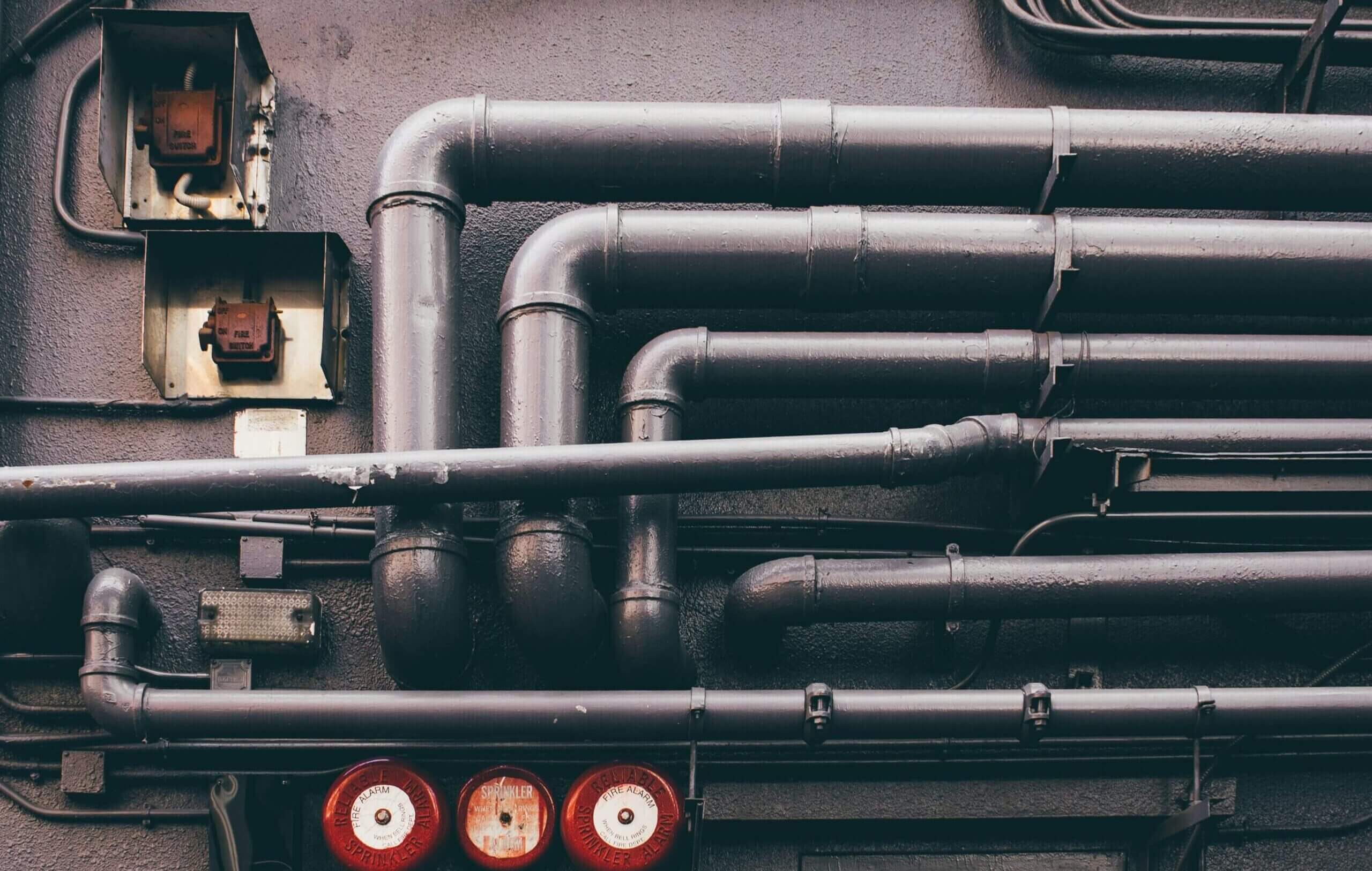
How Water Supply Systems Work
Fresh water enters most homes through a primary supply line, which is typically linked to a public water system or a private well. From there, the water moves through a network of pressurized pipes that direct it to various fixtures and appliances, such as faucets, dishwashers, and showers.
To ensure strong, consistent flow across all levels of the home, especially in multi-story houses, maintaining optimal water pressure is essential. The design of your plumbing layout — including how far fixtures are from the main line and the number of water outlets — can also impact water distribution performance.
Main Components of a Water Supply System
Every water supply system is made up of several key components that work together to deliver clean water throughout your home. Understanding each of these elements helps homeowners maintain a healthy plumbing system and spot issues before they escalate.
Pipes
- Responsible for transporting fresh water from the main supply line to various fixtures throughout the house.
- Available in several materials, each suited for different applications and budgets, including PEX, copper, and PVC.
- The material and diameter of the pipes can influence water pressure, flow rate, and durability.
- Proper installation and regular maintenance of pipes are crucial to prevent leaks and ensure efficient water distribution.
Valves 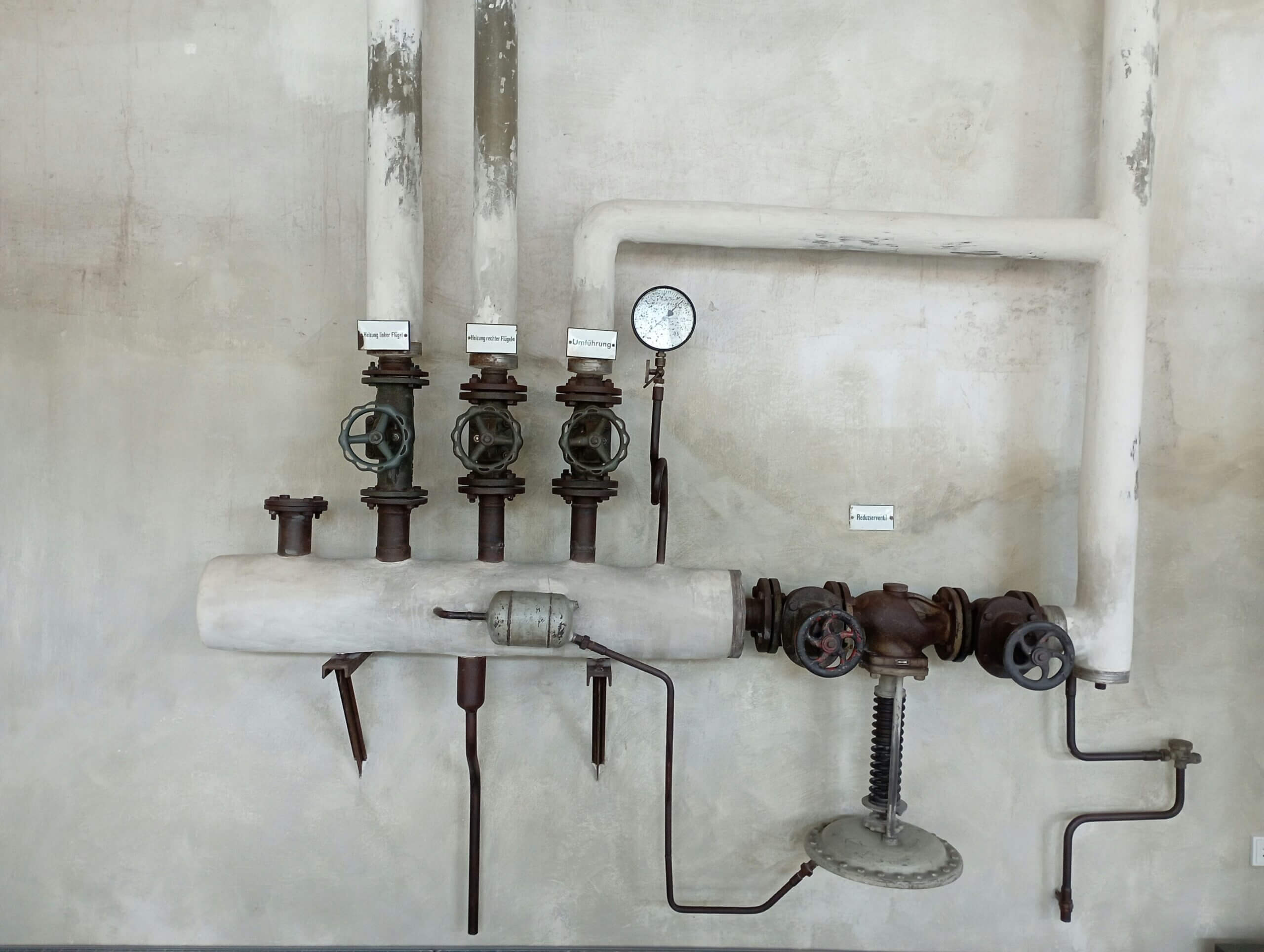
- Regulate the flow and direction of water within the plumbing system, allowing for isolation and control of specific areas.
- Essential types include shut-off valves for emergencies, pressure relief valves for safety, and mixing valves for temperature control.
- Valves are critical for system maintenance and repairs, providing a way to shut off water without disrupting the entire home.
Fixtures
- These are the devices that homeowners interact with daily, including faucets, showerheads, toilets, and appliances like dishwashers and washing machines.
- Fixtures are designed to control the flow and temperature of water and must be compatible with the system’s pressure and pipe size.
- High-quality fixtures improve water efficiency, user comfort, and the overall longevity of the plumbing system.
Water Meter 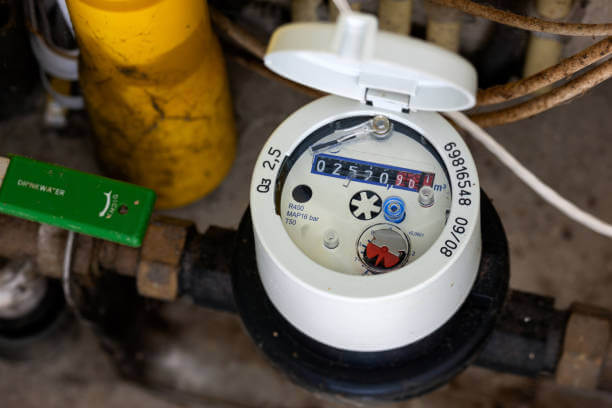
- Installed by the utility company, the water meter measures the amount of water used in the home.
- It provides critical data for billing and can also help detect leaks if usage suddenly spikes.
- Modern meters may offer digital readings and remote monitoring features for added convenience and accuracy.
Pipe Types and Their Role in Water Supply
The type of plumbing pipe used in your home’s water supply system plays a key role in performance, longevity, and maintenance needs. Each material has its own advantages, ideal use cases, and expected lifespan. Understanding the differences between common pipe types can help you make informed decisions when installing, replacing, or upgrading your plumbing system.
PEX
- Pros: Flexible, affordable, easy to install.
- Lifespan: 40–50 years.
- Best For: Retrofitting and new construction.
Copper
- Pros: Durable, corrosion-resistant, long lifespan.
- Lifespan: 50–70 years.
- Best For: Long-term value, areas with high heat or outdoor exposure.
PVC/CPVC
- Pros: Lightweight, cost-effective.
- Lifespan: 25–50 years.
- Best For: Cold water supply and drain lines.
Galvanized Steel (Outdated)
- Cons: Prone to corrosion and clogging.
- Lifespan: 20–50 years (often replaced due to rust issues).
Common Water Supply System Issues
Even the most reliable plumbing systems can encounter problems over time. Identifying these issues early is key to preventing costly repairs and maintaining consistent water flow throughout your home. Below are some of the most common water supply system challenges homeowners face and what they could indicate.
- Low Water Pressure: Can result from clogs, leaks, or outdated piping.
- Leaky Pipes: Often caused by corrosion, high water pressure, or age.
- Hard Water: Leads to mineral buildup; water softeners help resolve this.
- Discolored or Odorous Water: Indicates pipe corrosion, bacterial contamination, or municipal supply issues.
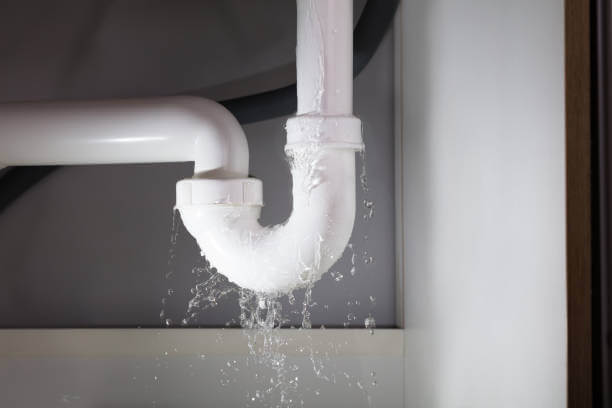
Water Line Repair and Replacement
- Repair vs. Replacement: Minor leaks may be patched, but extensive damage or old materials may require replacement.
- Signs of a Failing Line: Frequent leaks, low pressure, or visible corrosion.
- Repair Steps: Inspection, isolation, pipe cutting/replacement, pressure testing.
- Cost Range: Varies based on length, location, and material, typically $150–$5,000.
For more, visit our Water Line Repair and Replacement Cost Guide.
Seasonal Maintenance and Inspections
Proper seasonal maintenance is essential for preventing common water supply issues and extending the lifespan of your plumbing system. From winterizing pipes to routine inspections, these proactive steps can help you avoid costly damage and ensure your system operates efficiently year-round.
- Winter Preparation: Insulate exposed pipes, disconnect outdoor hoses, and allow faucets to drip during extreme cold.
- Annual Inspection Checklist:
- Check for moisture or rust on exposed pipes
- Test water pressure
- Inspect valve function
- Professional Inspections: Recommended annually or biannually to prevent issues before they become costly repairs.

When to Contact a Plumber
- When to Call:
- No water flow
- Burst pipes or flooding
- Discolored or smelly water
- Preventive Services: Leak detection, water quality testing, fixture upgrades.
- Emergency Services: Available 24/7 for urgent issues like burst pipes or major leaks.
Water supply systems are complex but critical. Understanding the basics of how water enters and moves through your home can help you spot early issues, make smart upgrades, and keep everything running smoothly. For repairs, replacements, or inspections, always consult with a licensed plumber to ensure safe, code-compliant service.
Need help finding a trusted professional? We can connect you with licensed, local plumbers who specialize in water supply systems and plumbing repairs. Our network includes thoroughly vetted contractors with experience in everything from pipe replacements to pressure issues. Explore our plumbing resources or get matched with a reliable expert to ensure your project is done right.
Compare top-rated plumbing pros in your area.
Read real homeowner reviews, explore qualifications, and view promotions. Modernize makes it easy to browse professionals and find one that will be perfect for your project.

